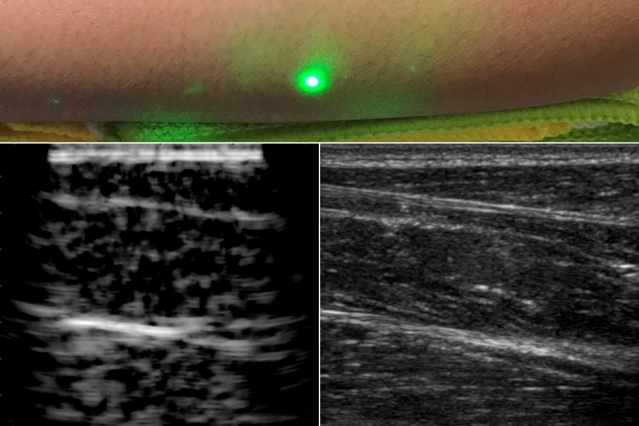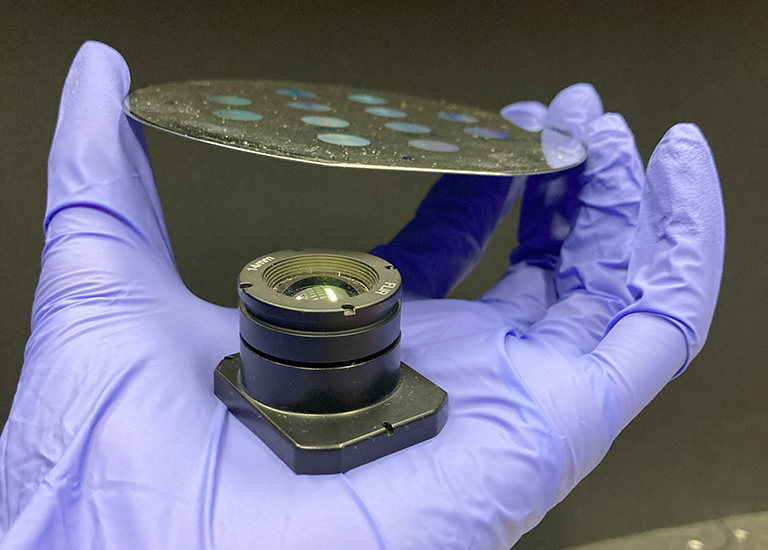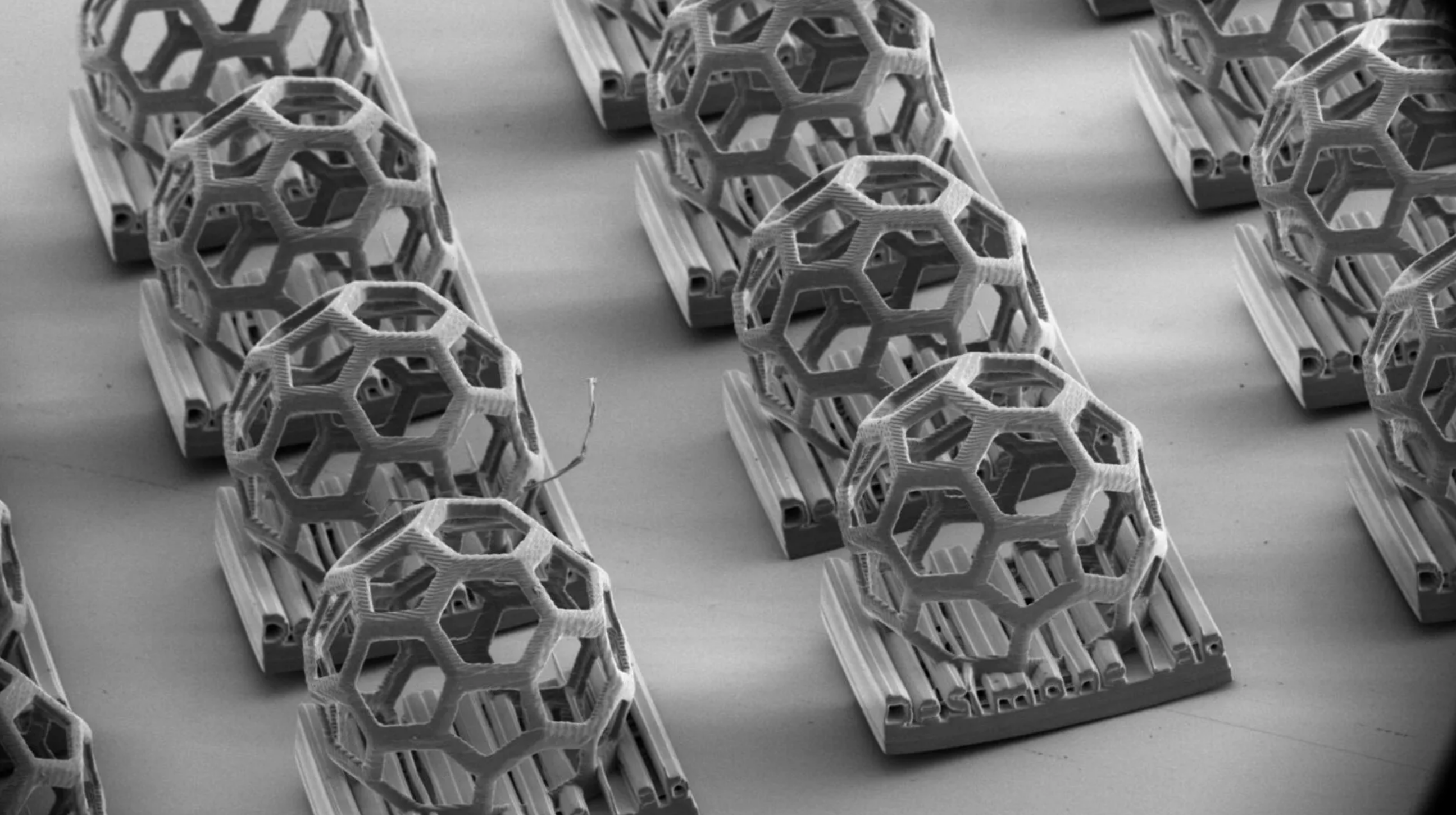Researchers from MIT have pioneered a new imaging technique ‘laser ultrasound (LUS)’. Unlike conventional ultrasound, lasers need not to touch the skin. It is a promising method that could dramatically amplify the range of uses for doctors in clinical environments.
Conventional ultrasound is highly advanced. It does not involve harmful radiation and is one of the cheapest imaging methods. But all the patients are not able to receive the care because of the need for significant bodily contact in the process of imaging.
This new ultrasound technique will make it possible to assess the health of infants, burn victims, and accident survivors in hard-to-reach places.
In this new method one laser, pulsing at a wavelength of 1,550 nanometers generates sound waves when it hits human skin. A second laser detects the reflected sound waves, which researchers then translate into a picture similar to that of a conventional ultrasound.
Brian W. Anthony, a principal research scientist at MIT, said, “We’re at the beginning of what we could do with laser ultrasound,” “Imagine we get to a point where we can do everything ultrasound can do now, but at a distance. This gives you a whole new way of seeing organs inside the body and determining properties of deep tissue, without making contact with the patient,”







